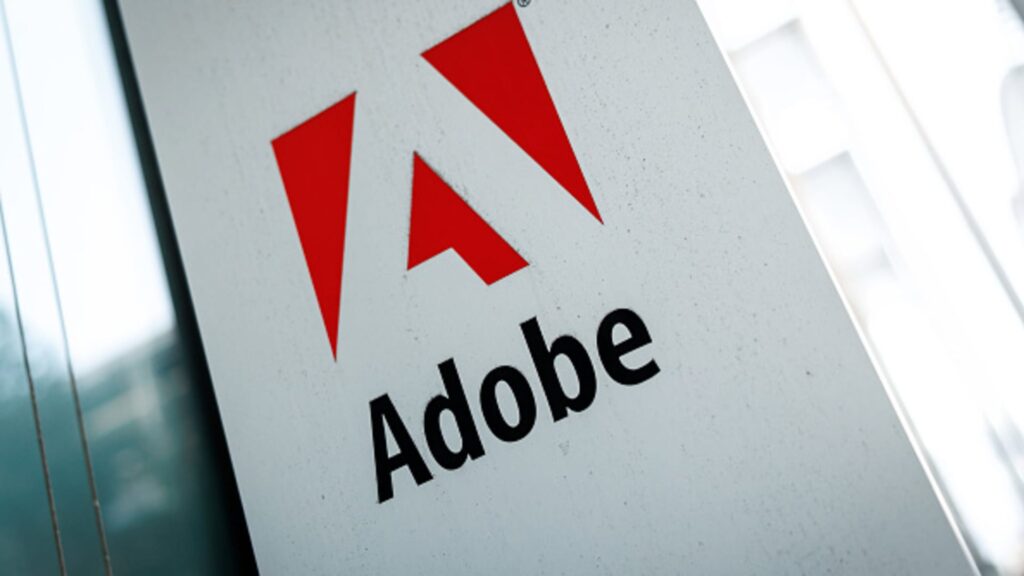Companies Making Waves in After-Hours Trading
In the world of after-hours trading, several notable companies are making headlines, particularly as they grapple with fluctuating market expectations.
Adobe Faces Setback
Adobe, a giant in the software industry, experienced an 8% dip in its stock price following the release of revenue estimates for the upcoming fiscal first quarter that fell short of expectations. The company forecasted revenues between $5.63 billion and $5.68 billion, which is below the consensus estimate of $5.73 billion, as reported by LSEG. Despite this setback, Adobe’s adjusted earnings per share and revenue from the previous quarter exceeded analysts’ predictions.
Chewy’s Public Offering
Chewy, the well-known pet products retailer, saw a nearly 3% decline in after-hours trading. The drop came after the company announced a $500 million underwritten public offering of shares, which are being sold by Buddy Chester Sub LLC. Notably, Chewy will not benefit from the proceeds of this sale but will be purchasing $50 million in shares from Buddy Chester as part of the transaction.
Oxford Industries Reports Disappointment
Shares of Oxford Industries, the apparel and footwear retailer behind the beloved Tommy Bahama brand, faced a nearly 5% decline after the company’s third-quarter results came in below expectations. The retailer reported adjusted losses of 11 cents per share, with revenue totaling $308 million. Analysts had projected earnings of 9 cents per share and revenue of $316.8 million, showcasing a significant miss on both fronts.
Nordson’s Weak Forecast
Nordson, an industrial machinery manufacturer, plunged over 5% after revealing a bleak outlook for the fiscal first quarter. The company’s guidance indicated adjusted earnings per share ranging from $1.95 to $2.15, while analysts had anticipated earnings of $2.30. Furthermore, Nordson’s projected revenue between $615 million and $655 million was also below the expected $681.7 million, attributed to a seasonal slowdown and cautious consumer spending.
As these companies navigate the complexities of market performance, it remains to be seen how they will adapt to stay competitive and regain investor confidence.


